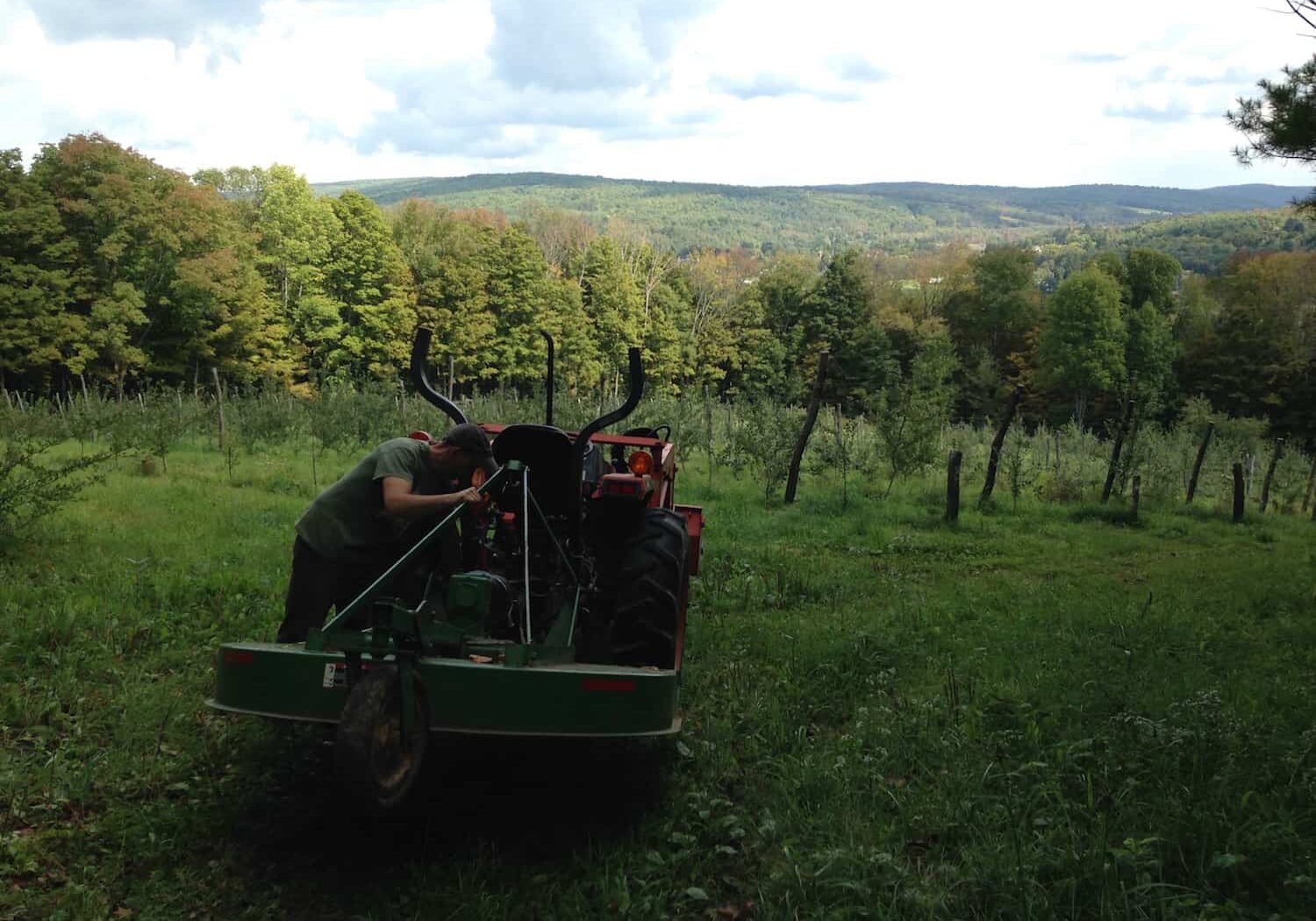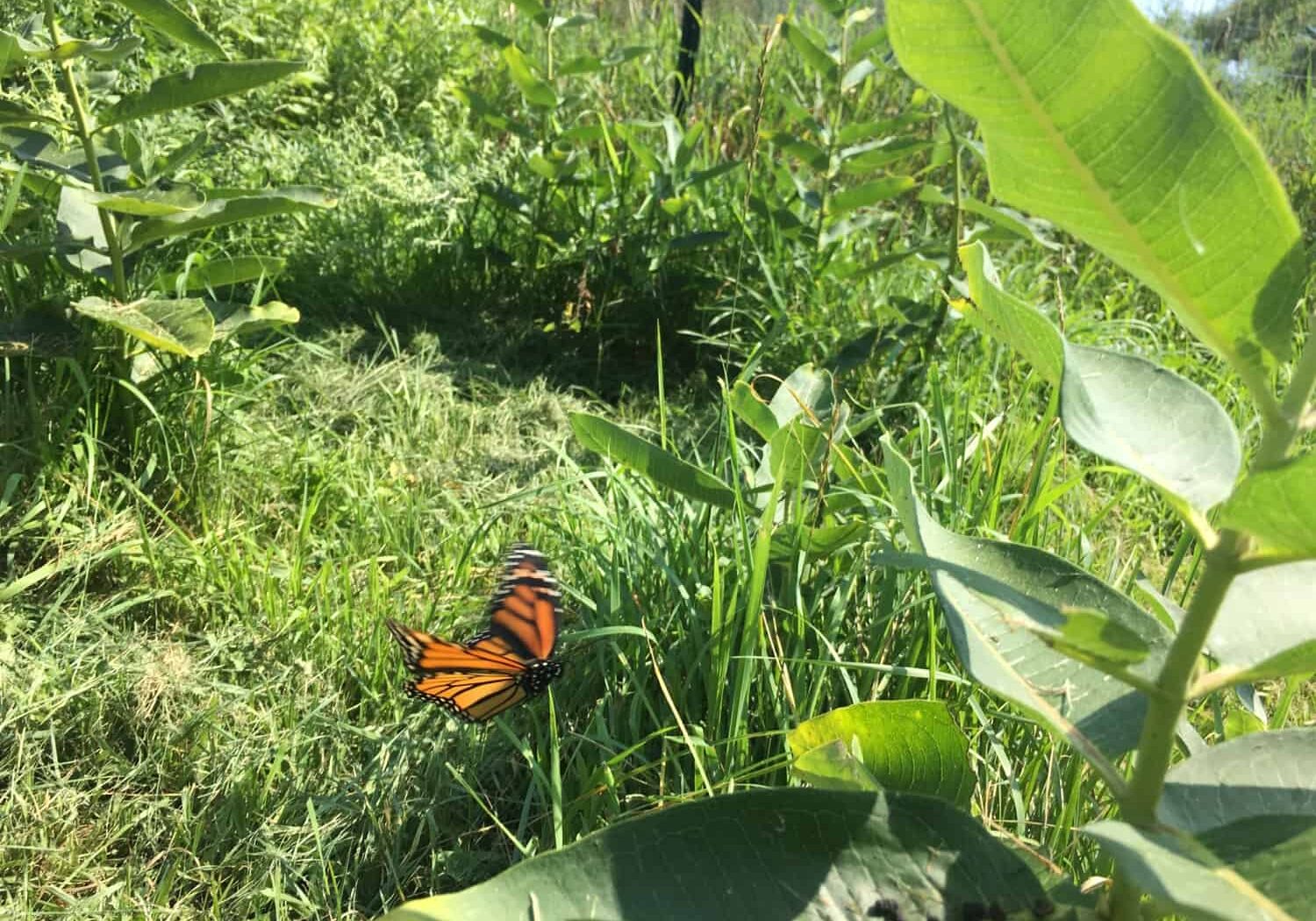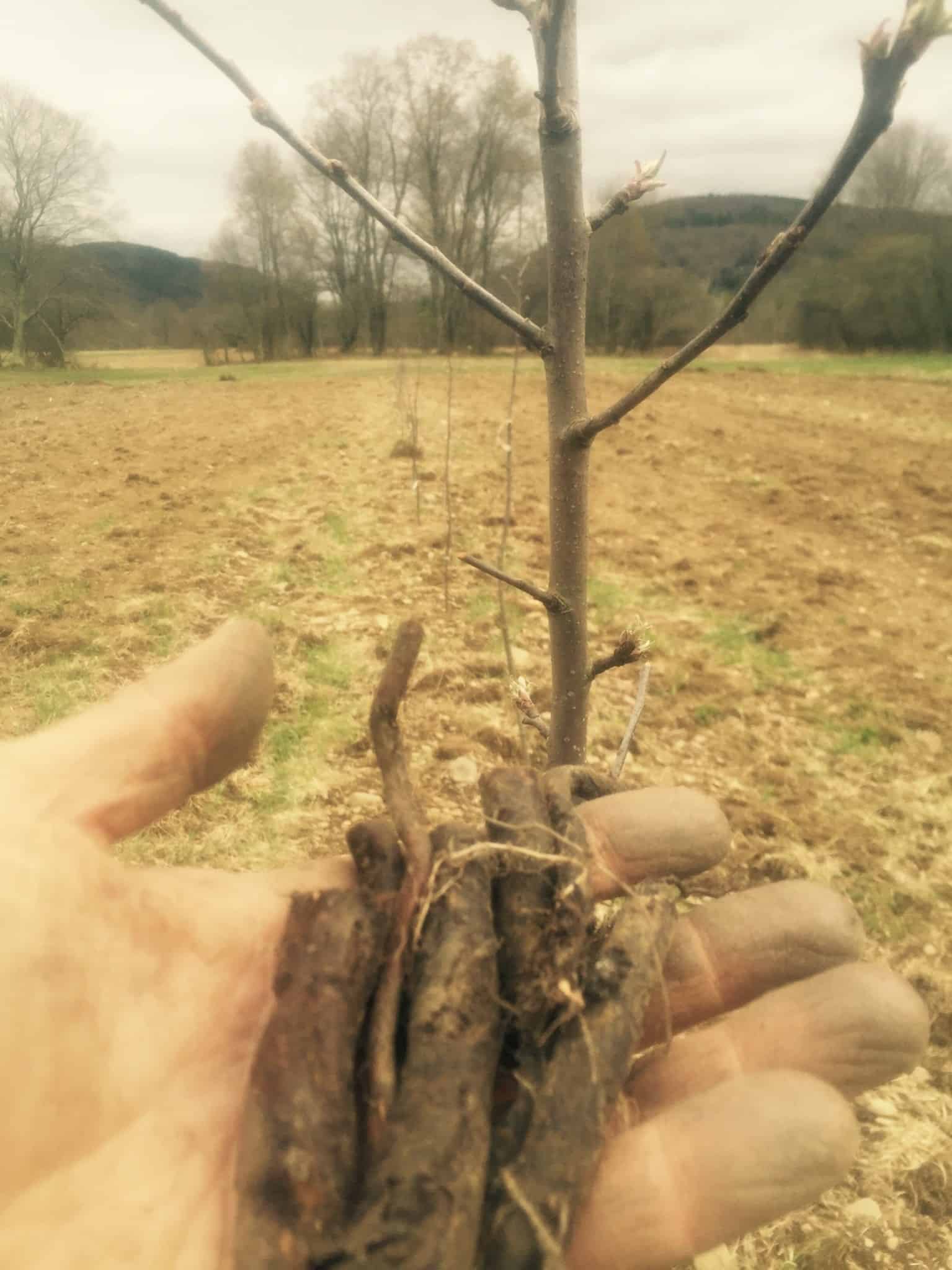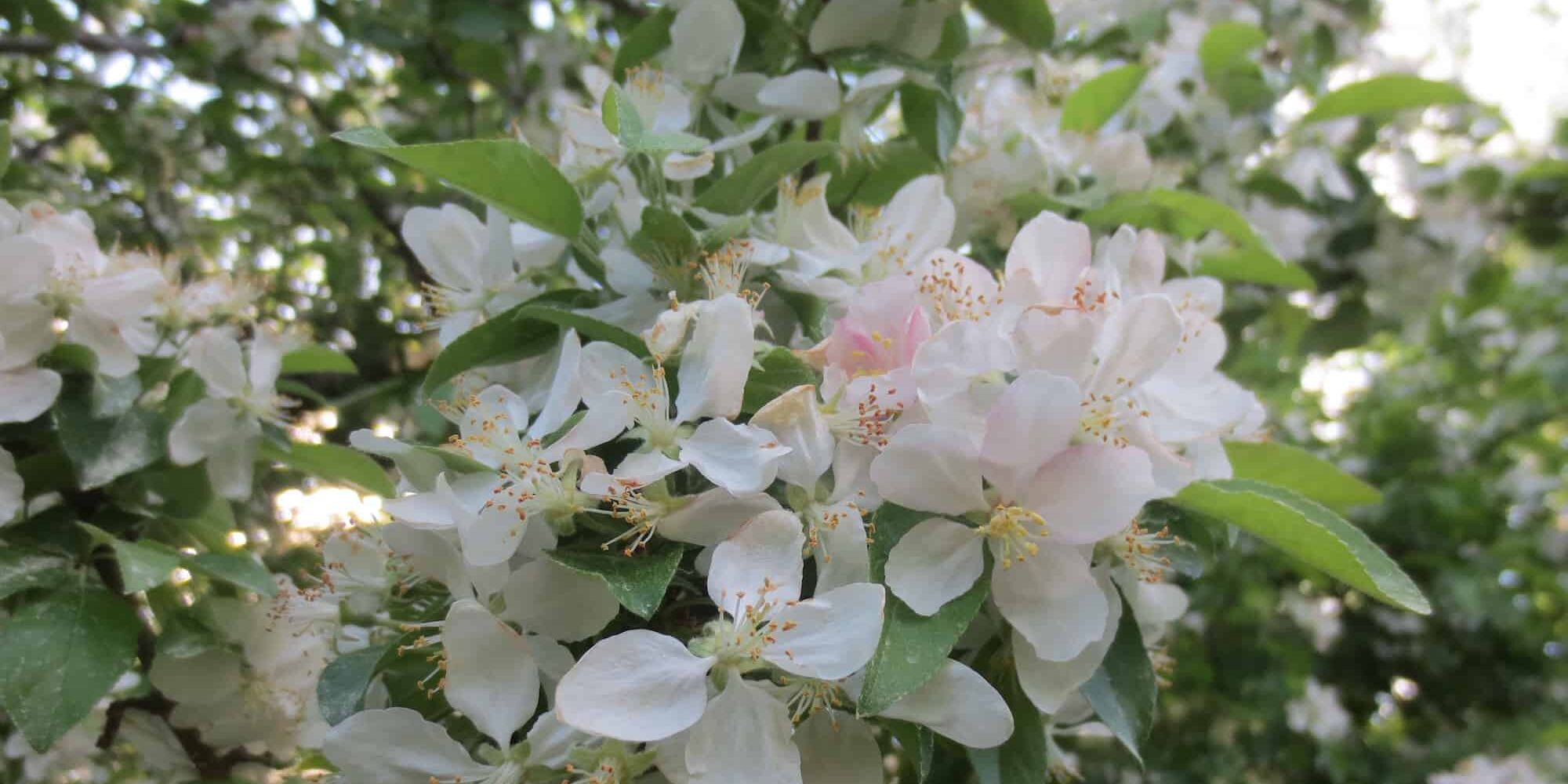The Understory
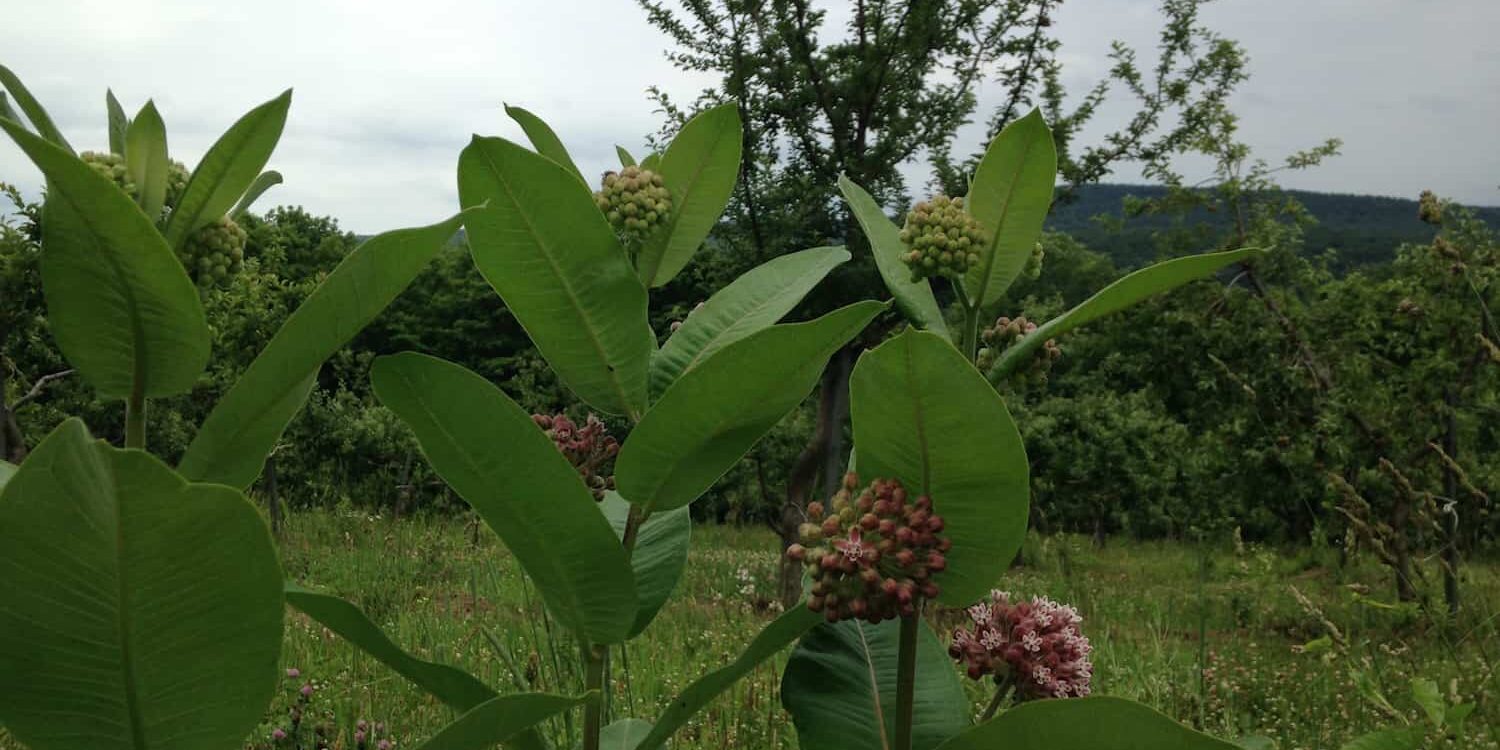
On our farm, the orchard floor is the gateway to harnessing the tremendous power of living soil. We look at increasing the capacity of our farm’s ability to hold carbon through healthy plants and soil humification as having significance that reaches beyond our little corner of the world.
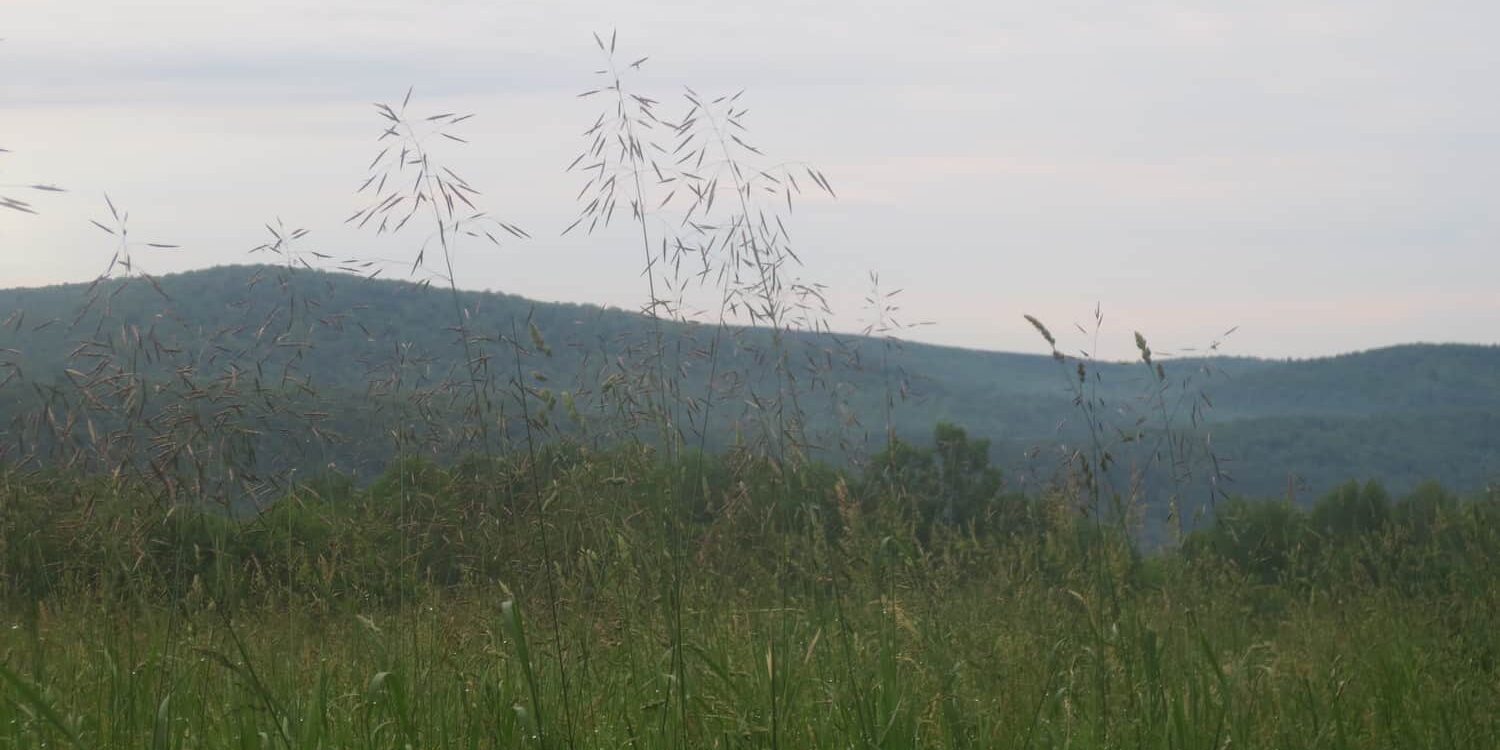
In conventional orchard settings, the orchard floor is a place where weeds grow and compete with trees for water and nutrients. Below this floor is the soil, viewed largely as a place where nutrients and moisture reside in sufficient or insufficient quantity. This view dictates an approach to orchard floor management which revolves around weed control in the form of an herbicide strip under the trees to keep them weed free, and soil amendments in the form of soluble synthetic fertilizers combined with irrigation to keep the soil moist. The alley ways are planted with grass and kept mowed tight, like a lawn for ease of equipment operation.
Our approach is more complex and integrated.
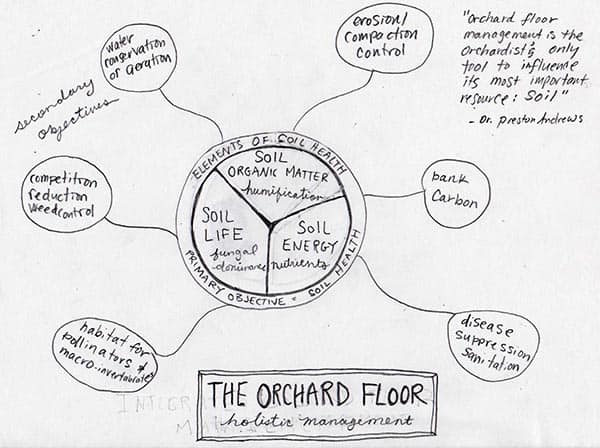
At the core of this work is increasing soil health through increasing soil organic matter, soil life and soil energy. One of the primary ways we do this is through the direct addition of fungal compost: medium-high carbon materials like ramial wood chips, bark mulch and straw breaking down slowly without heat in an unattended heap until it is filled with mats of white mycelium. We try as much as we can to use materials that are either a direct or indirect diversion from the waste stream.
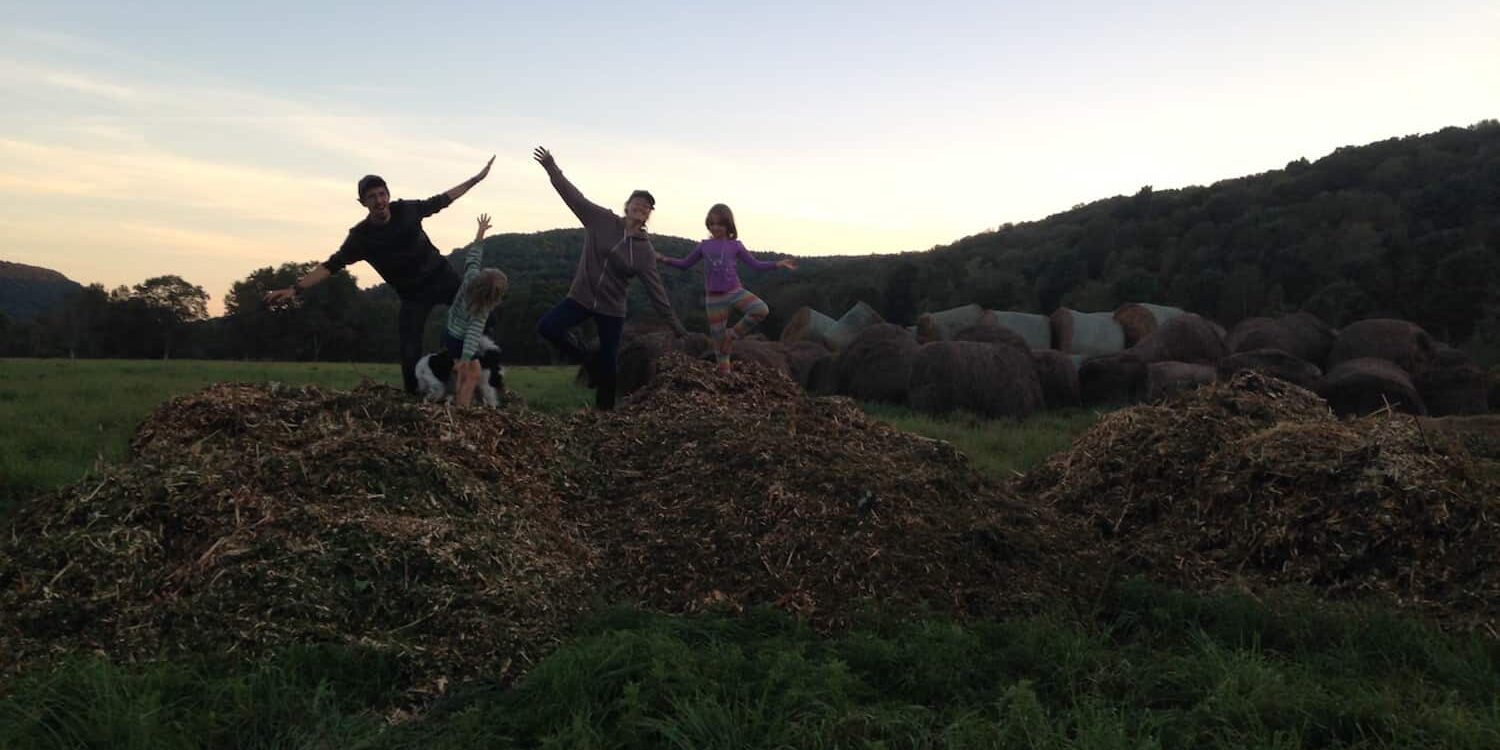
It also informs our choice to use mulch for weed suppression under the trees. Mulch suppresses competition with the tree's feeder roots. It also help keep the soil moist.
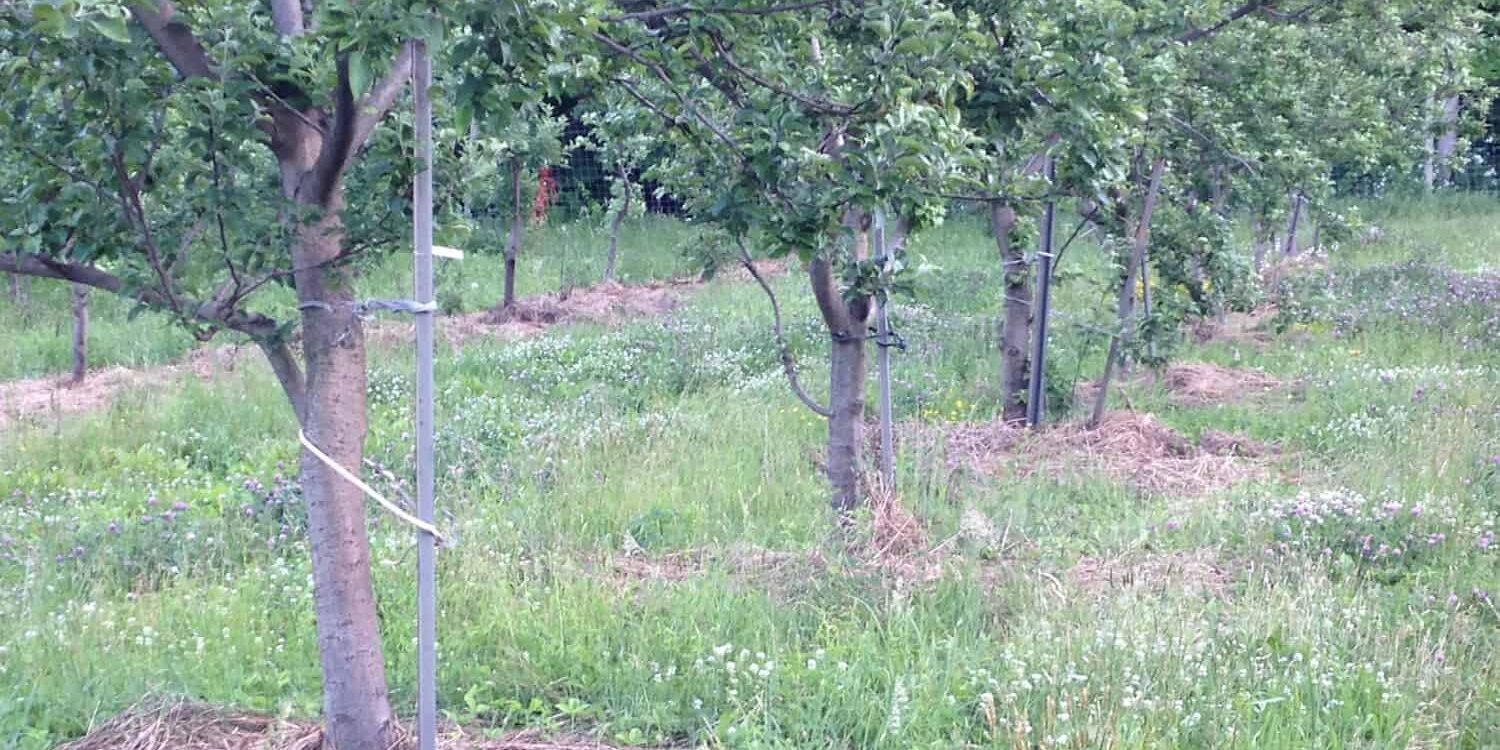
Throughout the growing season some of the material breaks down into the soil. But much of it remains. In the late fall, after the leaves have fallen, we rake the mulch away from a narrow 24" strip between the trees.
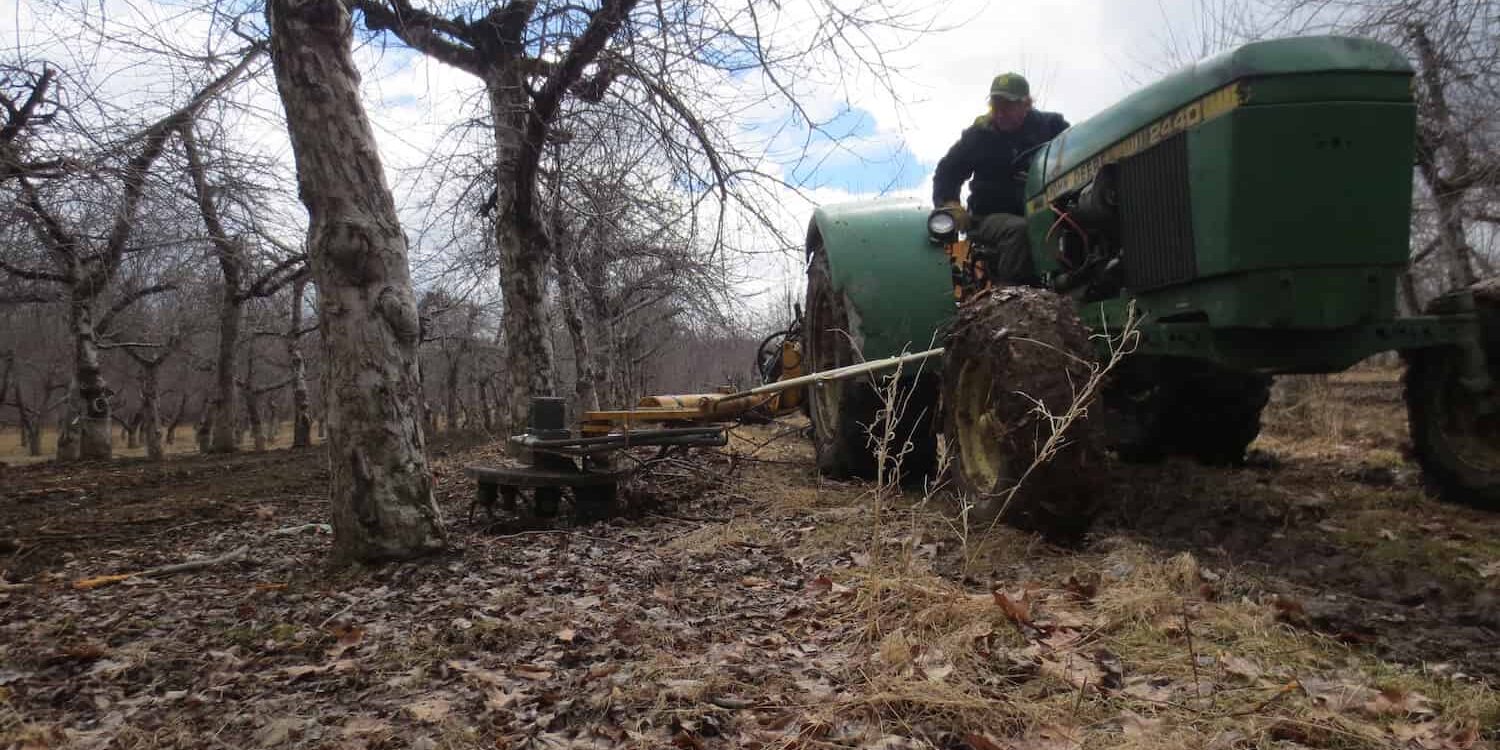
We have two objectives here. The first is mice and voles! The orchard floor MUST be trim and bare going into the winter so there is no place for the critters to live. They will girdle and kill baby trees and 50 year old trees alike. (We've learned this the hard way)
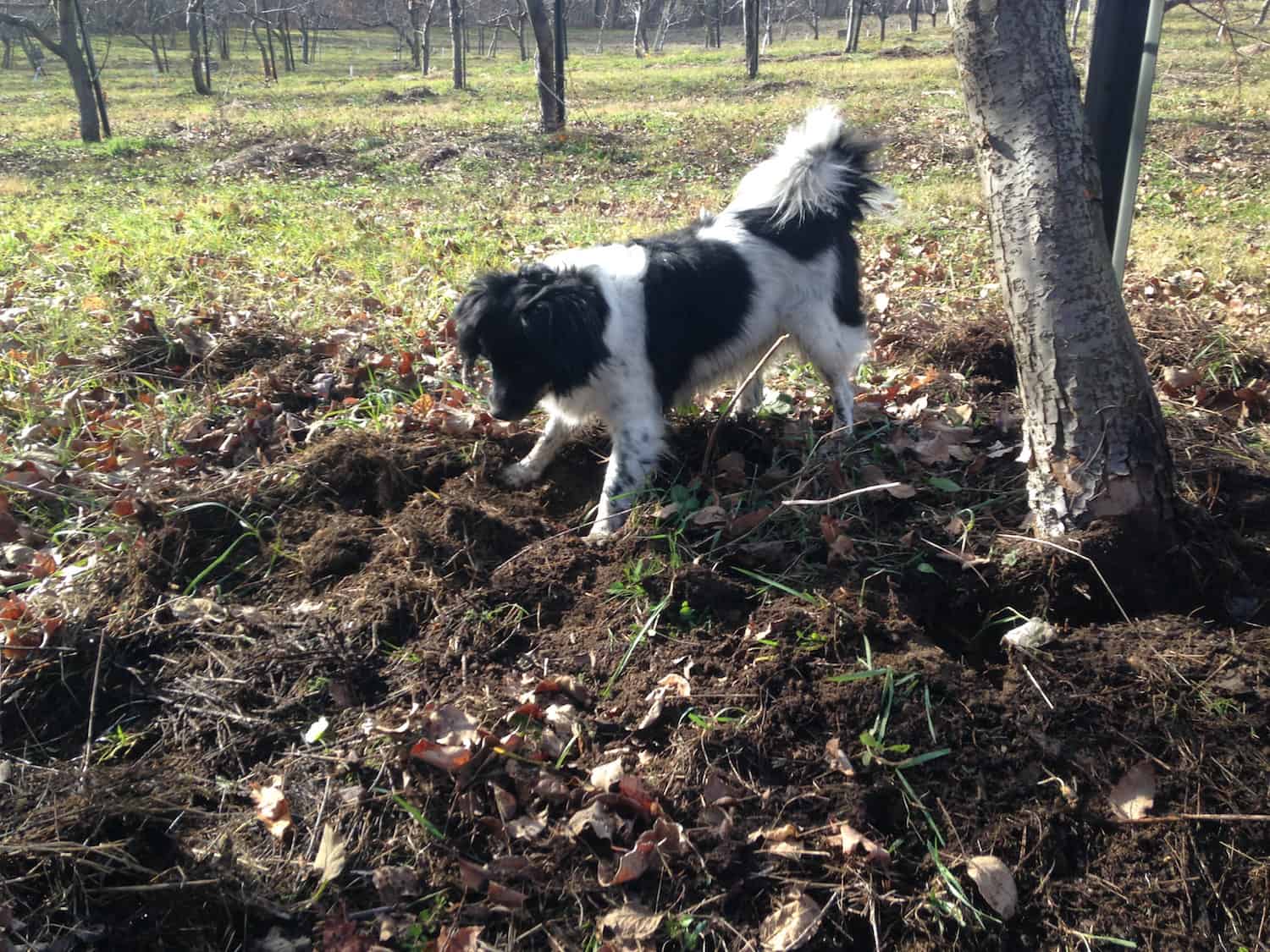
The second objective is to mix the fallen leaves with the already decomposing mulch and move them to the drip edge of the tree where we can mow them up. Ironically, we call this orchard 'sanitation'. The process causes the leaves, which have dormant spores for pathogenic diseases, to be rapidly broken down by soil organisms. This drastically reduces disease pressure in the orchard for the next growing season and is a key component of our disease management program.
Another element we strive for in our orchard floor is a diverse forest edge/meadow ecosystem, a mix of grass and plants (weeds) which flower throughout the growing season and provide a continuous source of food for native bees and habitat for predictor insects. We practice a minimal amount of selective mowing: letting the alley ways grow up, flower and seed. This maximizes the carbon content of the mow-ings being returned to the soil and allows native plants to thrive amidst the grass.
In this understory meadow, we can find amazing plants like milk weed, red clover, wild strawberry and yarrow. With the diversity of plant and insect life come diversity in animal life…tree sparrows and turkeys hunting insects, coy wolves and raptors hunting mice. We want our orchard to be a life giving home to our plant and animal relatives.
Some plants we intentionally plant. In our new valley orchard, the trees will eventually be in sod because they are planted on full sized rootstocks. Here we planted comfrey in between trees along the row. Comfrey shades out grass (the main competition for the tree) and has a long deep tap root so it doesn’t compete with the trees top layer feeder roots. It’s a dynamic accumulator, pulling calcium from lower soil layers and concentrating it in the leaves. Each year, the plant dies back twice, leaving the leave to sit, like mineral rich mulch.
We believe that a path to plant, animal and planet health begins with the soil and that this health translates into a successful orchard ecosystem and high quality cider fruit.
Click here to see a short video about our mulching technique

